
Cinnamon is one of America’s most beloved spices, stirred into oatmeal, baked into desserts, or sprinkled over coffee. But a sweeping series of tests in 2024 uncovered a disturbing danger in this pantry staple … alarming levels of toxic lead. Consumer Reports tested 36 cinnamon products, finding one-third exceeded safe thresholds used for recalls in New York.
The FDA issued multiple health alerts, confirming unsafe contamination in dozens of products. For millions of households that routinely consume this spice, the results raise unsettling questions about product safety, regulation, and unseen risks on grocery store shelves.
Consumer Reports Finds 1 in 3 Brands Unsafe

In September 2024, Consumer Reports (CR) released a landmark evaluation of the U.S. cinnamon market. Independent labs tested lead levels in 36 nationwide products from major retailers to specialty stores. The troubling results showed that 12 brands—33% of samples—contained lead above one part per million (ppm), the threshold that triggers spice recalls in New York.
CR stressed that even minimal exposure adds up over time, especially for children, where lead poisoning can cause permanent developmental damage. Their findings delivered a wake-up call not just to consumers but also to regulators overseeing spice imports.
FDA Confirms Contamination, Issues Alerts
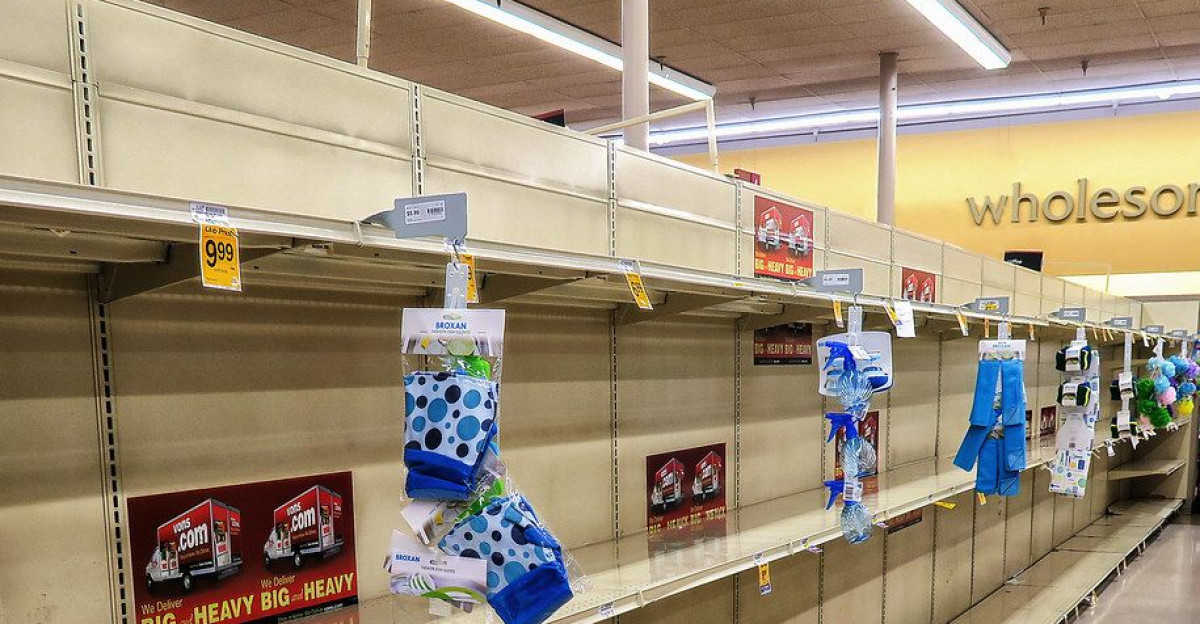
Throughout 2024, the FDA issued three nationwide health alerts about lead contamination in cinnamon. At least 17 brands were identified as unsafe, with lead levels between 2.03 and 20 ppm, dozens of times higher than levels deemed acceptable by state safety thresholds.
These alerts sparked one of the most prominent spice recalls in U.S. history. Retail giants and discount chains, including Dollar Tree and Family Dollar, were forced to remove cinnamon products from their shelves. The FDA emphasized that exposure to even small amounts of lead accumulates in the body, making recall compliance urgent.
Only a Few Cinnamon Brands Passed Testing

While many cinnamon products failed testing, a few brands stood out for passing with flying colors. These rare exceptions contained exceptionally low lead levels, far below the strictest safety thresholds.
These represent the safest choices available today for consumers searching for confidence in their spice cabinet. Below, we break down each product individually, including exact laboratory results and what they mean for everyday cooking and baking.
1. 365 Organic Cinnamon (0.02 ppm)

Whole Foods Market’s organic version proved to be the safest cinnamon. Testing found just 0.02 ppm of lead, nearly negligible compared with New York’s one ppm threshold. At this level, consumers can safely use the spice for daily baking and cooking without risk of exceeding safe intake levels.
Whole Foods’ commitment to organic sourcing and transparency likely contributed to the strong result. For shoppers prioritizing health and food integrity, this offering represents one of the most reliable choices identified in 2024’s extensive testing.
2. Loisa Organic Cinnamon (0.04 ppm)
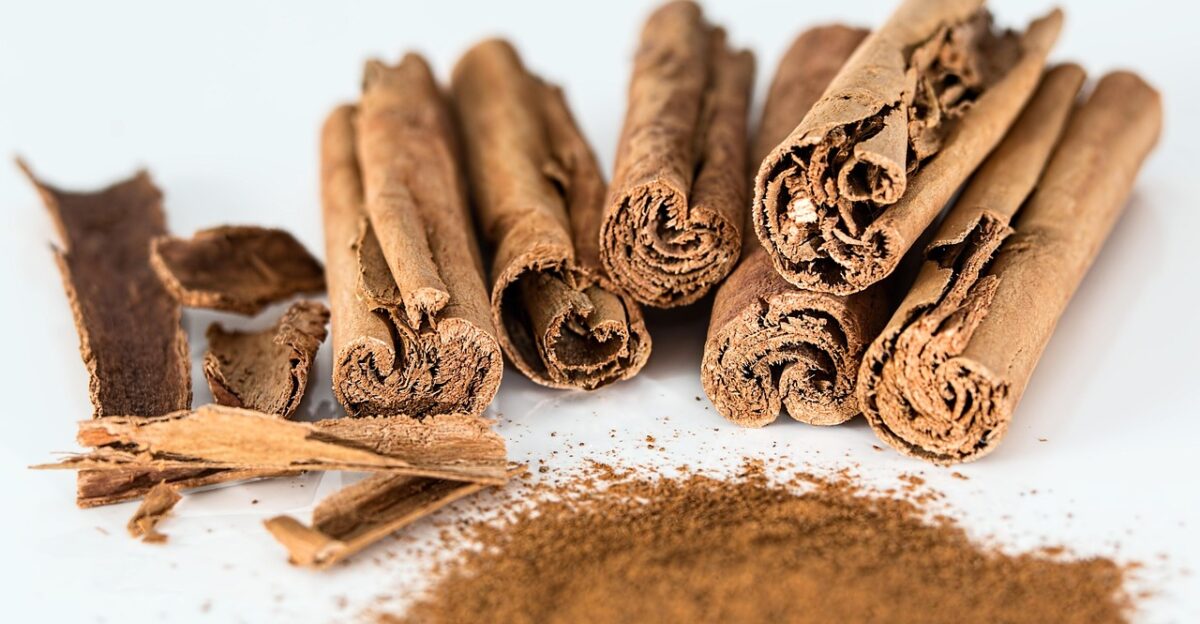
Loisa’s Organic Cinnamon tested at 0.04 ppm, which is far below New York standards and among the purest samples. The brand has cultivated a reputation for clean-label, culturally rooted spices, marketed especially within Latino and multicultural food traditions.
Loisa’s strong performance demonstrates that independent purveyors can compete with large retailers to ensure product safety. Families looking for flavor without added risk now know that Loisa’s cinnamon can be used as generously as recipes demand, providing reassurance when many spice buyers feel uncertain about what’s safe to consume.
3. Morton & Bassett (0.04 ppm)
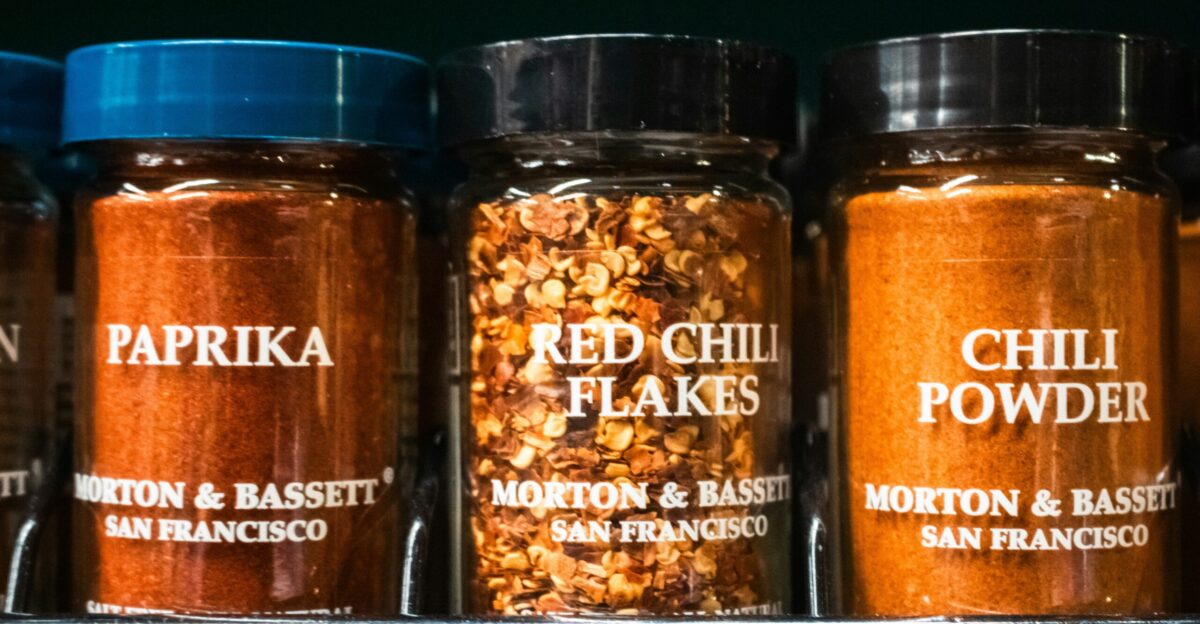
Morton & Bassett, a well-known San Francisco brand specializing in premium spice blends, also passed with flying colors. Its organic ground cinnamon tested at just 0.04 ppm, matching Loisa’s low risk profile. Sold primarily in upscale markets and health-oriented grocery chains, Morton & Bassett has long promoted its pledge of pure, additive-free spices. The test results reinforce its brand promise.
Though premium-priced, consumers paying more for perceived quality have clear evidence that this cinnamon is among the safest on shelves. Its success further highlights that rigorous sourcing pays off in measurable safety.
4. Sadaf Cinnamon Powder (0.04 ppm)
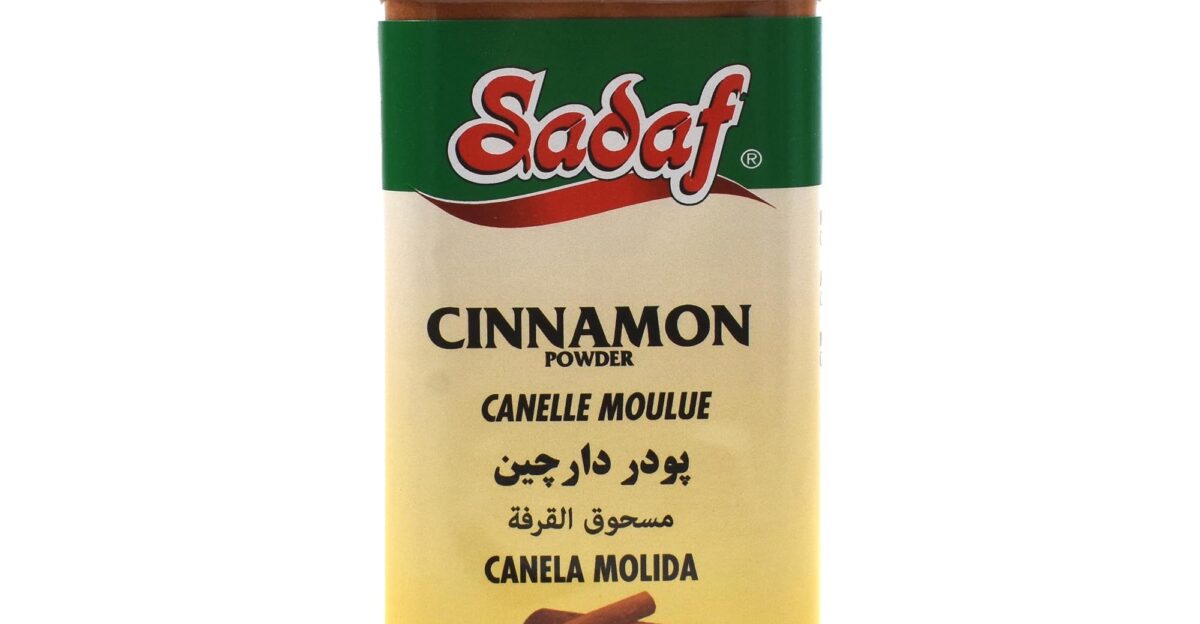
Sadaf, a popular brand in Middle Eastern and South Asian communities, stood out. Its cinnamon powder tested at 0.04 ppm of lead. This spice is widely sold in specialty markets, proving that cultural grocery staples can achieve high safety standards. Families that rely on Sadaf for authentic regional cooking can continue doing so with confidence.
In 2024’s food safety environment, trust in specialty brands is not guaranteed. Still, Sadaf’s testing results demonstrate strong sourcing measures and emphasize that international spice supply chains can operate safely when properly monitored.
5. 365 Standard Cinnamon (0.12 ppm)

In addition to its organic variety, Whole Foods’ standard ground cinnamon also performed well, testing at 0.12 ppm. Although slightly higher than its organic counterpart, the result fell almost ten times below New York’s one ppm safety threshold. This option provides reassurance without premium cost for budget-conscious shoppers seeking lower prices than premium organic products.
The presence of two Whole Foods labels on the safe list suggests the retailer’s sourcing protocols are among the most dependable in today’s uncertain spice market. This provides consumers with greater choice across both organic and conventional product lines.
6. Sadaf Seven Spice (0.15 ppm)

Rounding out the safe cinnamon brands was Sadaf Seven Spice, a complex mix used widely in Levantine cooking. Testing revealed lead levels of 0.15 ppm, still far below the one ppm recall trigger. Despite being a blend, the product maintained safety, alleviating consumer worries about mixed spice contamination.
With its performance, Sadaf became the only company with two distinct products on the safe list. For households deeply affected by recalls this year, Sadaf’s dual confidence ratings show how rigorous sourcing safeguards can protect diverse culinary traditions from widespread contamination problems.
Paras Cinnamon Powder—7x Above Limits
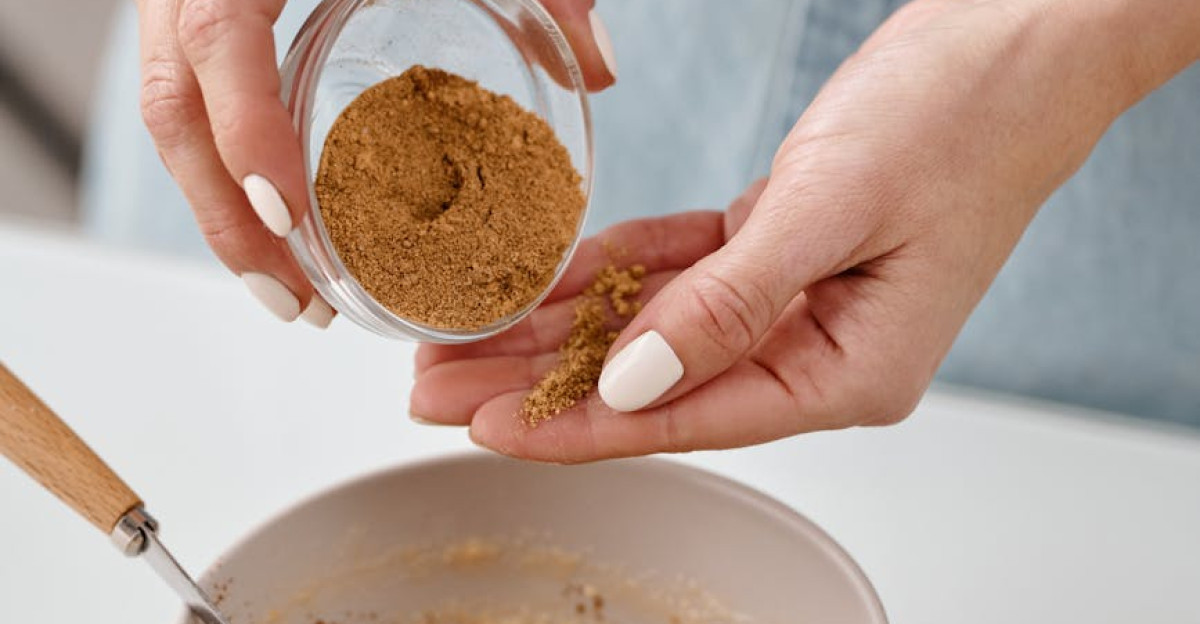
While some brands proved safe, Paras Cinnamon Powder ranked among the most hazardous. Consumer Reports showed it contained 3.52 ppm of lead, which is over three times New York’s recall threshold and seven times California’s maximum daily intake levels. Just a quarter teaspoon could push an adult beyond safe daily exposure. For children, the risks are worse.
This product highlights why tighter regulations are essential. As one of the most toxic samples ever recorded in U.S. cinnamon tests, Paras revealed the alarming scope of potential harm hidden in seemingly benign kitchen products.
November 2024 Recall Extends Contamination Wave
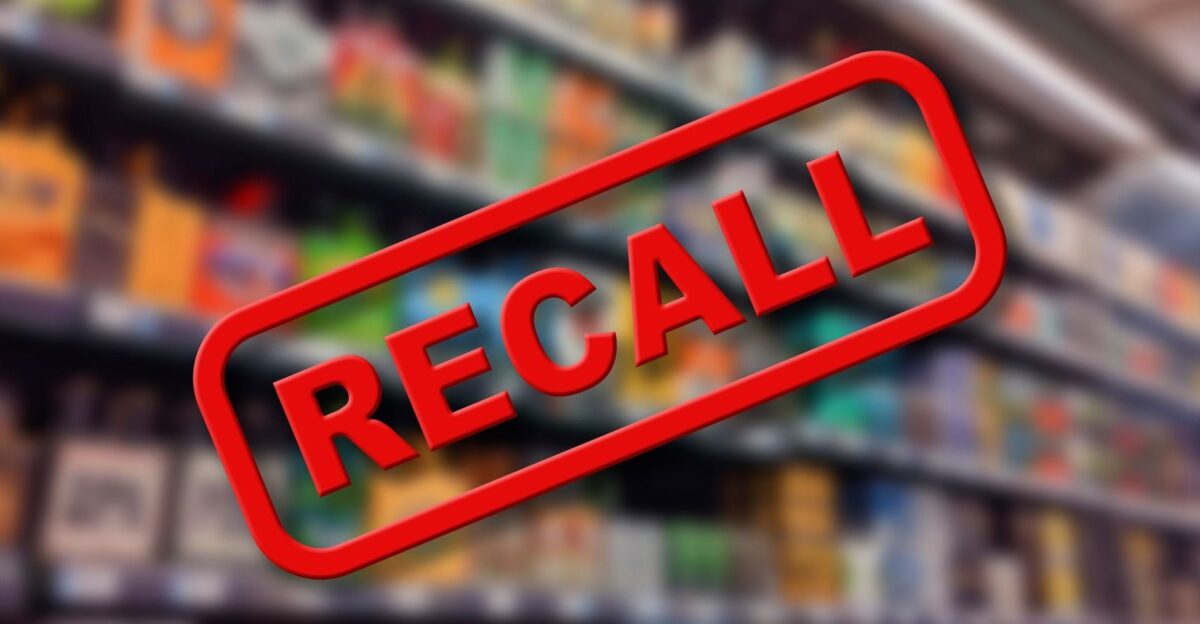
On November 18, 2024, IHA Beverage recalled Super Brand Cinnamon Powder after Arkansas health officials confirmed elevated lead levels. This became the latest in a string of recalls stretching from March through November. Federal and state coordination ensured rapid alerts, but the case exemplified how poisoned spices already reached store shelves and consumers.
Families often learned of risks only after a public recall, increasing their chances of exposure. These disruptions shook confidence nationally, forcing consumers to inspect their cupboards more carefully than ever. The cinnamon recalls became one of the year’s defining food safety scandals.
WanaBana Applesauce Sparks Cinnamon Scrutiny

The cinnamon disaster traces back to the WanaBana applesauce crisis that exploded in October 2023. The product, containing cinnamon adulterated with inexplicably high lead levels (2,270–5,110 ppm), poisoned 519 children across 44 states and territories. According to the CDC, 481 cases were confirmed or probable, making it the largest food-related lead poisoning outbreak in decades.
Investigators concluded intentional adulteration was possible, shifting focus from accidental contamination to profit-motivated tampering. For countless parents, WanaBana became a tragic symbol of regulatory gaps and industry vulnerabilities in an increasingly globalized food supply chain.
Intentional Adulteration Confirmed in Spices
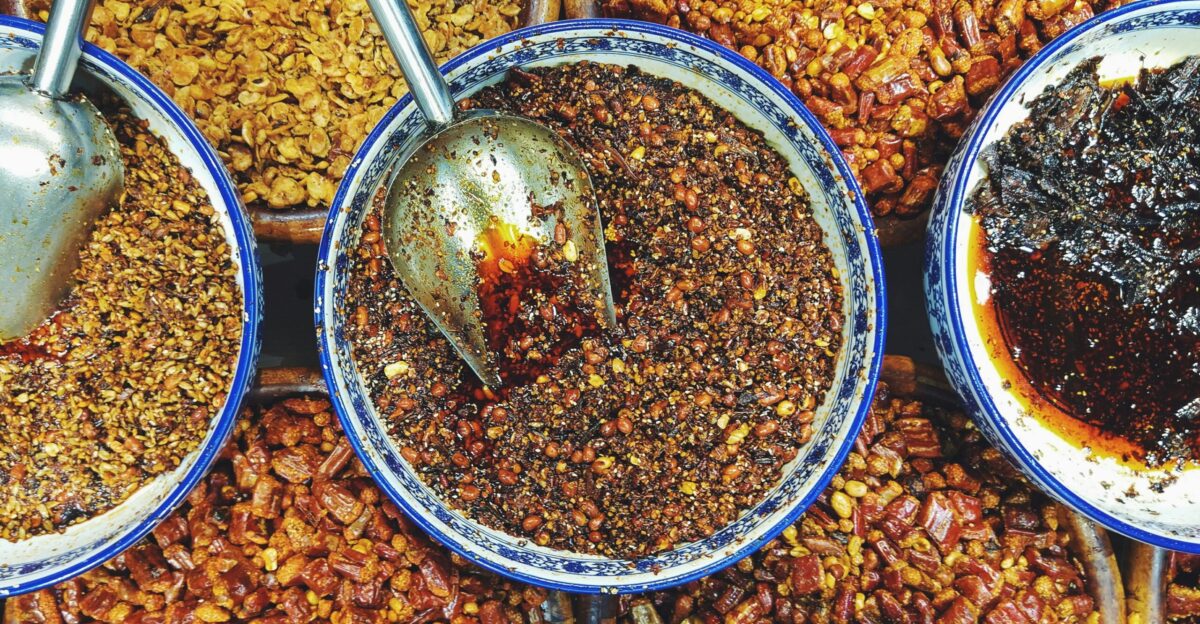
Food safety experts warn that lead chromate is sometimes deliberately added to spices to increase weight and enhance color. This economically motivated adulteration artificially boosts profits, particularly in export-driven supply chains with limited oversight. Detecting such practices requires targeted laboratory testing, far beyond standard inspections.
The FDA confirmed that this was the first major U.S. case of intentional adulteration in spices. This finding raised a critical red flag that America’s spice supply may suffer not only from soil contamination but also from deliberate toxic enhancement. This revelation raises questions about industry accountability nationally and globally.
No Safe Level of Lead Exposure for Families

Lead exposure, even at low levels, poses lasting health consequences. It can permanently impair cognitive development, lower IQ levels, slow growth, and trigger behavioral changes in children under six. Adults face risks including kidney damage, cardiovascular disease, and nervous system decline. Because lead accumulates in the body, repeated cinnamon exposure multiplies harm over the years.
Public health experts stress that there is no safe threshold for lead consumption. The crisis demonstrates how everyday kitchen staples can silently undermine health, particularly in vulnerable communities already dealing with elevated environmental lead exposure.
New York Sets Tough Standard—1 ppm Limit

New York is the only U.S. state actively regulating lead contamination in spices. Since 2016, it has recalled over 100 different spice products exceeding its threshold of 1 ppm. This limit is stricter even than the FDA’s proposed ceiling for lead in children’s candy.
Federal authorities still lack maximum limits for spices, leaving broad regulatory gaps. As a result, cinnamon containing unsafe levels can circulate nationwide until investigative testing triggers recalls. Experts argue that adopting New York’s framework at the federal level could close dangerous loopholes and prevent future contamination outbreaks.
Lead-Tainted Cinnamon Sold Nationwide

Contaminated cinnamon was distributed broadly, appearing in mainstream retailers and neighborhood markets. Discount chains including Dollar Tree, Family Dollar, and Save-A-Lot carried recalled products, with more than 50 Dollar Tree locations confirmed to have sold lead-tainted cinnamon. Patel Brothers, a major South Asian grocery chain, also carried flagship brands.
Exposure risks spanned the socioeconomic spectrum because these stores serve immigrant families, budget-conscious consumers, and everyday households. The breadth of sales showed that dangerous cinnamon was not a niche problem, but a systemic failure affecting millions of Americans across diverse communities.
Millions Potentially Exposed, Few Aware

Approximately 10 million Americans consume cinnamon annually through beverages, baked goods, and savory dishes. With one-third of products tested found unsafe, millions were potentially exposed to contaminated supplies. The public health threat is unprecedented in scale, so widespread that tracing individual health outcomes becomes impossible.
Officials worry this may represent the largest silent, cumulative heavy metal exposure event tied to a single staple ingredient. Unlike acute poisoning outbreaks, where symptoms are apparent, cinnamon-related exposure is insidious, compounding over the years and leaving families with long-term neurological consequences.
Calls Grow for Stronger FDA Rules

The cinnamon crisis spotlighted profound regulatory weaknesses. The FDA’s reactive approach—issuing alerts only after problems surface—left households vulnerable. Advocates demand the creation of federal maximum limits for heavy metals in spices, structured like New York’s one ppm rule.
Experts also recommend mandatory independent testing, tighter import controls from South and Southeast Asian producers, and increased transparency about sourcing. Industry groups are considering voluntary measures, but many specialists argue that mandatory oversight is essential.
Cinnamon Crisis Marks Food Safety Turning Point
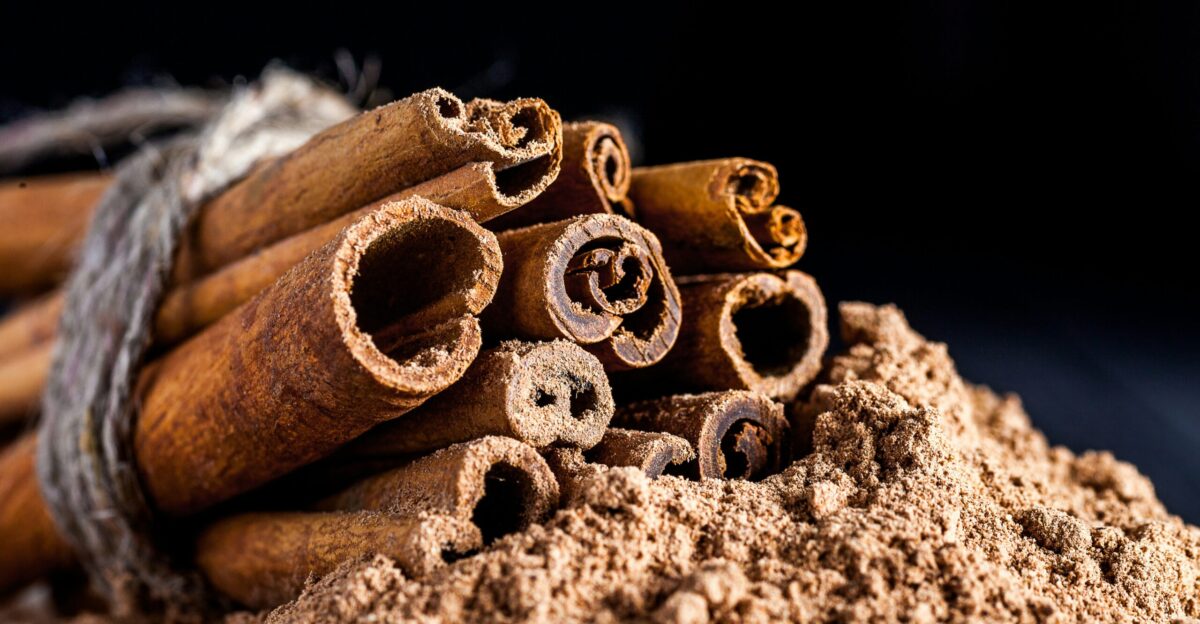
The cinnamon recalls represent more than a product scandal; they’ve become a watershed for American food safety. The crisis demonstrated how economically motivated adulteration, like deliberately adding lead chromate, can threaten millions. It also marked the first time cinnamon, a seemingly harmless pantry spice, became the center of a nationwide poisoning event.
Only six brands emerged without restriction, while dozens more shook public trust. For shoppers, regulators, and industry leaders alike, the lessons are clear: Until federal rules match state best practices and inspection regimes are strengthened, vigilance is the only protection against hidden toxic exposures.